Like most computer hobbyists and programmers, I've amassed boxes of USB cables to connect USB, Micro-USB, and Mini-USB to chargers, computers, and gadgets. These cables are a mix of phone charger cables, and cables that came with external hard drives, bike lights, GPS units, and other miscellaneous gadgets. The problem is, they all look the same, just plain black cables.
How can I tell if one of these cables is a charge-only USB cable instead of a USB data cable? Ideally, I would love to rely on some visual clue, but I have a multimeter I could use to test the cables with if I knew a good approach to this.
My goal is to label these cables so I can resolve this ambiguity so when I reach in to my box of cables, I know which cable to use for charging my phone and which one to use to synchronise my GPS with my computer.


